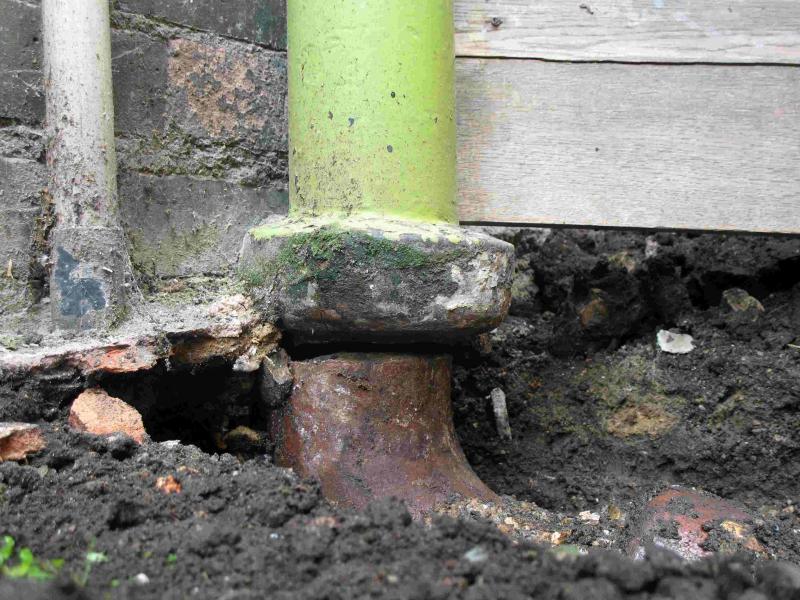Hi,
There has been slight ground movement which has cracked a couple of salt glazed pipes, where they connect to the downpipes. Here is a photo of one of them. It now has a 10mm gap between the cast iron down pipe and the fitting.
If I can remove the bend without damaging any other pipe work, then replace it. Does anyone think this is the best way to go?
The rest of the pipes and inspection chambers seem ok. I was going to replace all of the pipework up to the chambers, but as they are all concreted in, I presume they are ok. I will do a leak test on them also.
Cheers, Camerart.
There has been slight ground movement which has cracked a couple of salt glazed pipes, where they connect to the downpipes. Here is a photo of one of them. It now has a 10mm gap between the cast iron down pipe and the fitting.
If I can remove the bend without damaging any other pipe work, then replace it. Does anyone think this is the best way to go?
The rest of the pipes and inspection chambers seem ok. I was going to replace all of the pipework up to the chambers, but as they are all concreted in, I presume they are ok. I will do a leak test on them also.
Cheers, Camerart.


